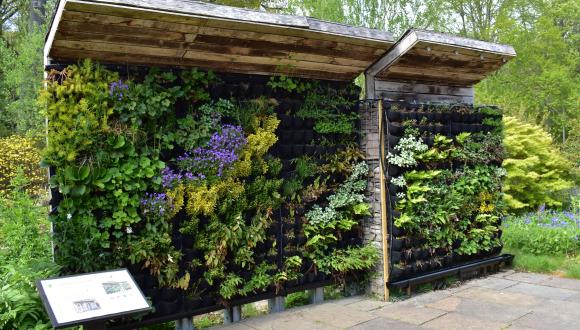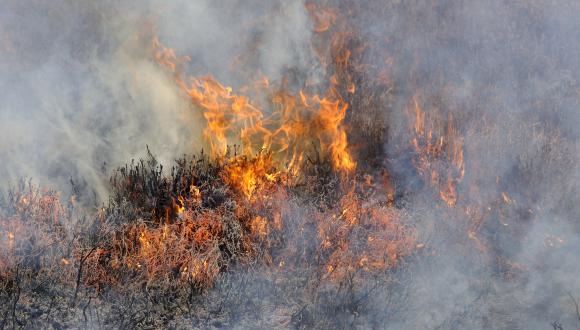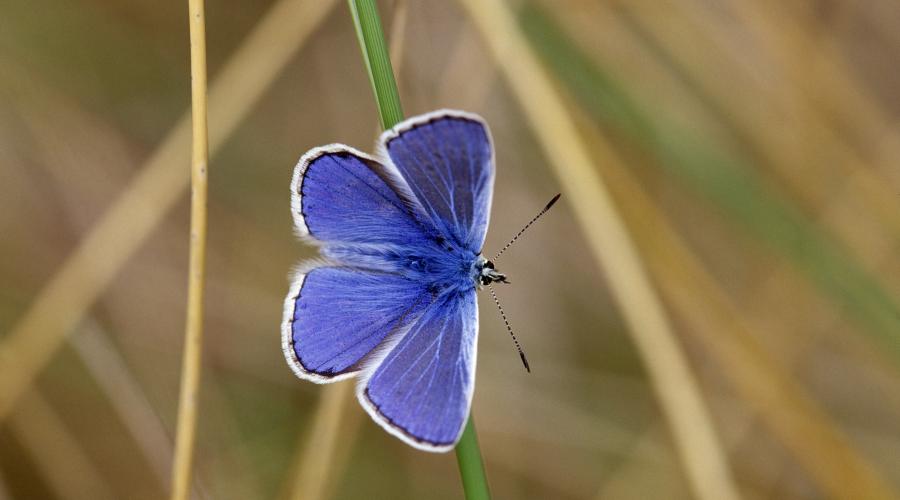
Helping nature to adapt
Making use of nature’s capacity to adapt to change is one of our best tools for managing climate change impacts.
As well as adapting to climate change ourselves, we have a duty to help nature to adapt too. In turn, this will provide us with benefits such as clean water, flood prevention, biodiversity and carbon storage. We will need these ecosystem services even more as our climate changes.
Acting on Adaptation Principles
So that we can help nature to adapt to climate change, NatureScot has developed eight Adaptation Principles.
- Reduce other pressures on ecosystems, habitats and species – e.g. pollution, unsustainable use, grazing, habitat fragmentation and invasive non-native species.
- Make space for natural processes including geomorphological, water and soil processes, and species interactions.
- Enhance opportunities for species to disperse by reducing fragmentation and increasing the amount of habitat available.
- Improve habitat management where activities such as grazing, burning or drainage cause declines in diversity or size of species populations, or where modifying management or increasing habitat diversity could improve resilience to climate change.
- Enhance habitat diversity, e.g. by varying grazing or plant cutting management on grassland or moorland, or creating new habitats on farms.
- Take an adaptive approach to land and conservation management e.g. by changing objectives and management measures in response to new information.
- Plan for habitat change where assessments indicate losses of habitats or species are inevitable, for example as a result of sea-level rise.
- Consider translocation of species in circumstances where assessments indicate the likely loss of a species despite new management measures, and where there are suitable areas for nature to adapt.
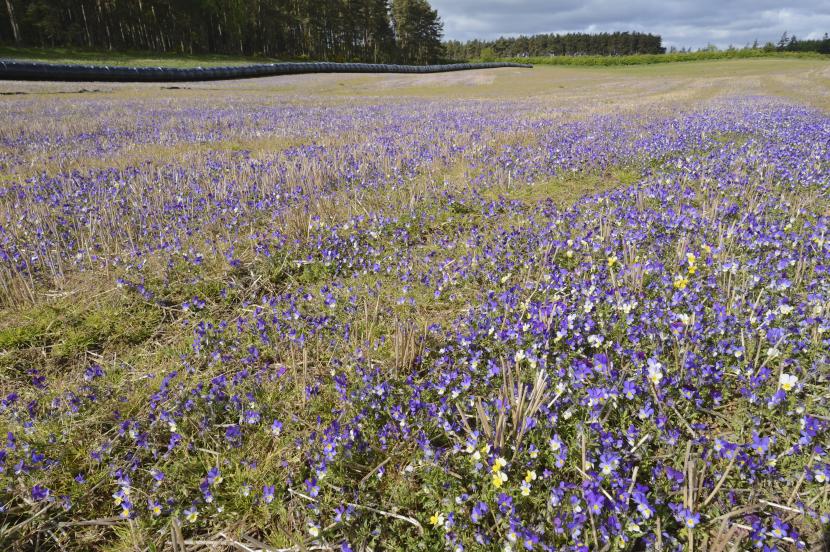
We are putting these Adaptation Principles into action through our own land management and the advice we provide, as we learn more about how climate change has and will continue to affect Scotland's habitats and species.
Helping nature adapt calls for knowledge of:
- site and wider ecosystem structure and functions
- habitats and species involved
- projected climate risk
- likely effects of climate change on the habitats and species
We test, refine and demonstrate climate change adaptation on our National Nature Reserves. We monitor our work to see which adaptation methods work best in which situations. Others can then benefit from the lessons we learn, and protected areas can be guided by our approach.
Measuring adaptation progress
NatureScot leads on a number of priorities in the Scottish Climate Change Adaptation Programme (SCCAP). Helping nature to adapt is one of these.
We must monitor our progress in this long-term activity to;
- learn more about adaptation, a new area of policy and practice
- stay flexible and respond to changing circumstances
- see how our actions today affect outcomes many years into the future
To help us to track our progress, we have developed a set of adaptation indicators with ClimateXChange. These can be used to assess how well Scotland’s natural environment is adjusting to climate change.
A series of indicator cards will also be produced, to set out the latest evidence about adaptation indicator trends. Indicator cards help to establish baseline information and will show the Scottish Government where policy action is needed to encourage and strengthen adaptation.
View the example of the indicator card for snow-bed species.
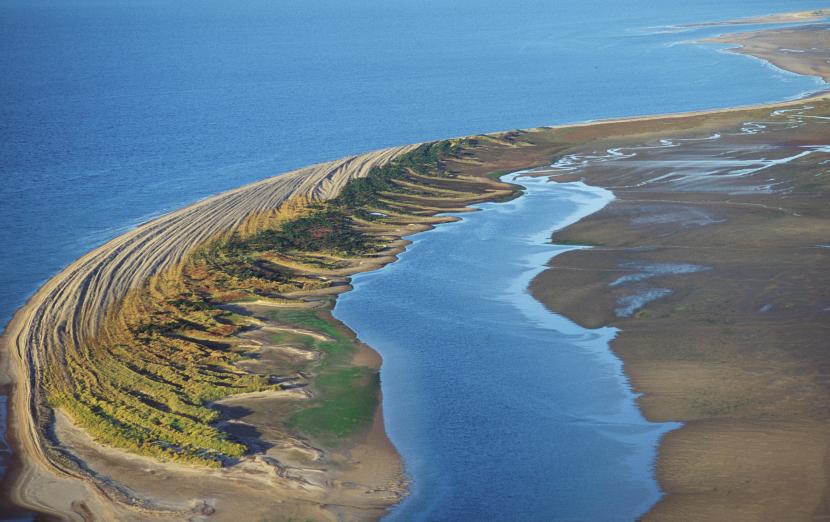
Recent studies have improved our understanding of how dune systems might be affected by climate change, which prompts us to consider how we might use coastal processes as part of the solution, rather than as something to be controlled by management.
Adaptation case studies
Read the case studies below to see how to turn our Adaptation Principles into action.
- Taking an adaptive approach: sea-level rise and restoring the natural mobility of the Culbin sand dunes
- Reducing other pressures: reversing a legacy of water pollution at Loch Leven National Nature Reserve
- Making space for natural processes: forest to bog restoration at RSPB Forsinard Flows Reserve
- Enhance opportunities for species to disperse: helping montane willows
- Improving habitat management: restoring lowland raised bog at Blawhorn Moss National Nature Reserve
- Planning for change: managing Scotland’s pinewoods in a changing climate
- Considering translocation: learning lessons from lichens at Creag Meagaidh National Nature Reserve
Climate change adaptation is also an important element of many species conservation projects. Read the example below, on how restoring riparian woodland can help upland rivers to adapt to climate change.
